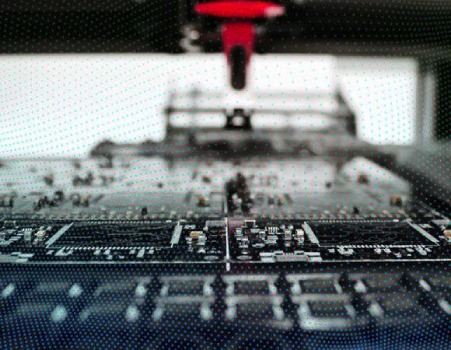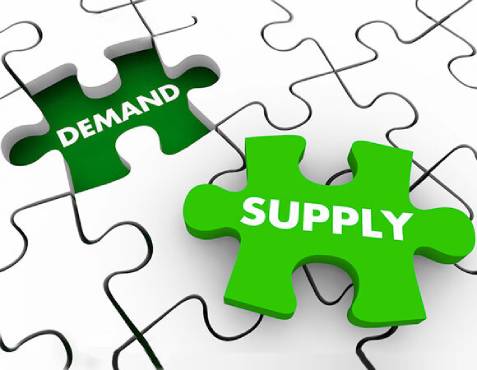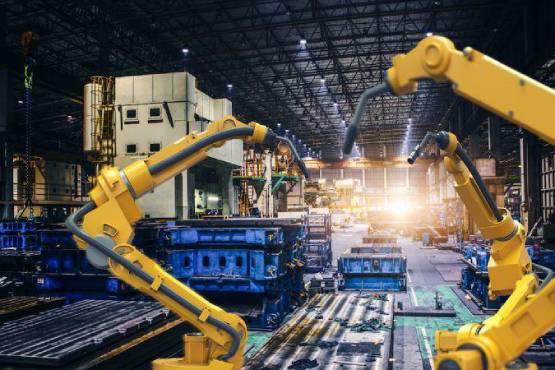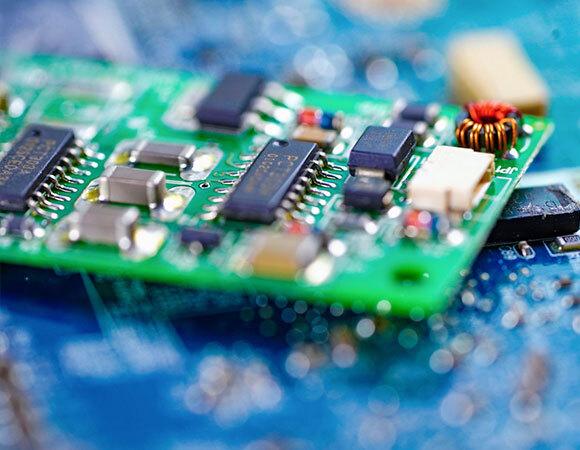 As technology advances, so does the rate at which it becomes obsolete. What was once cutting-edge is now commonplace, and what was once state-of-the-art is now ancient history.This ever-accelerating cycle of product obsolescence significantly impacts businesses and the economy as a whole. In this article, we’ll take a closer look at what part obsolescence is and its effects on industries. Read on to get more information regarding part obsolescence.
As technology advances, so does the rate at which it becomes obsolete. What was once cutting-edge is now commonplace, and what was once state-of-the-art is now ancient history.This ever-accelerating cycle of product obsolescence significantly impacts businesses and the economy as a whole. In this article, we’ll take a closer look at what part obsolescence is and its effects on industries. Read on to get more information regarding part obsolescence.
What Is Part Obsolescence?
Part obsolescence is a term used in the manufacturing and technology industries to describe a component or product that becomes obsolete or unusable because of a shortage of materials, lack of production, or other delays caused by the Covid pandemic.
For manufacturers and technology companies, part obsolescence can mean longer lead times for new parts, higher prices for replacement parts, and an increase in the number of defective or unusable parts. It can also cause disruptions in the supply chain and create shortages of essential products.
Moreover, Electronic components can go obsolete for a variety of reasons. The most straightforward answer is that a newer, faster, better version has come along to replace it. In this ever-changing world, technology rapidly outdates itself; what was once the newest and best is now old news.
However, there are other reasons for obsolescence as well. A part might become unavailable because the company that manufactured it has gone out of business or stopped making that particular component.
How Does It Impact Businesses?
Part obsolescence can significantly impact businesses, especially small businesses, and startups. Finding a replacement can be full of risk or even impossible when a part goes obsolete. This can cause production delays and disruptions, as well as increased costs.
In some cases, an entire product line might need to be redesigned in order to accommodate the new part. This can be a time-consuming and expensive process. In other cases, businesses might need to switch to a different supplier to find the needed parts.
All of these factors can have a major impact on a business’s bottom line. In some cases, obsolescence can even force a business to close its doors.
Are There Ways to Combat Part Obsolescence
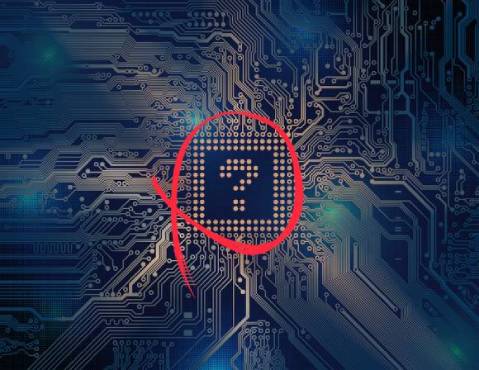 Yes, there are a few ways to combat part obsolescence.
Yes, there are a few ways to combat part obsolescence.
One way is to stock up on components before they go out of production. However, this can be difficult to predict, and it’s not always possible to foresee which parts will become obsolete.
Another way to combat obsolescence is to choose parts that are less likely to go out of production. This might mean opting for more standard parts or choosing components from well-established manufacturers.
Finally, it’s important to work with a reputable supplier who can help you source the needed parts, even if they are no longer in production. A good supplier will have a network of contacts and resources to help you find the needed parts.
Furthermore, there are additional ways to be proactive about part obsolescence.
Use Advanced Materials That Resist Aging
A great way to proactively combat part obsolescence is to use materials that are resistant to aging. This might include using advanced metals or alloys and new composite materials.
These materials can help extend the product life span and might even be more durable than traditional materials. As a result, you’ll be able to reduce or eliminate production delays and disruptions due to obsolescence.
Adopt a Modular Design Philosophy
Another proactive way to combat obsolescence is to adopt a modular design philosophy. This approach involves designing products that are made up of interchangeable modules.
If a particular module becomes obsolete, it can be easily replaced without affecting the rest of the product. This helps to reduce production disruptions and makes it easier to keep your electronic products up-to-date.
Keep Your Product’s Software up to Date
Another way is to keep your product’s software up to date. This is important because software can become obsolete, just like hardware.
Finding replacement components might be difficult or even impossible if your product uses outdated software. As a result, you’ll need to either redesign your product or switch to a different supplier.
Either way, keeping your product’s software up to date can help you avoid production disruptions and keep your product on the market.
Manage Your Inventory Carefully
Finally, it’s important to manage your inventory carefully. This includes keeping track of which parts are in stock and which need to be ordered.
It also means having a system in place for dealing with obsolescence. For example, you might want a policy for returns or exchanges if a part becomes obsolete.
By managing your inventory carefully, you can minimize the impact of obsolescence on your business.
These are a few of the ways that you can combat part obsolescence. You can avoid production disruptions and keep your product on the market by being proactive.
Are There Any Benefits to Part Obsolescence
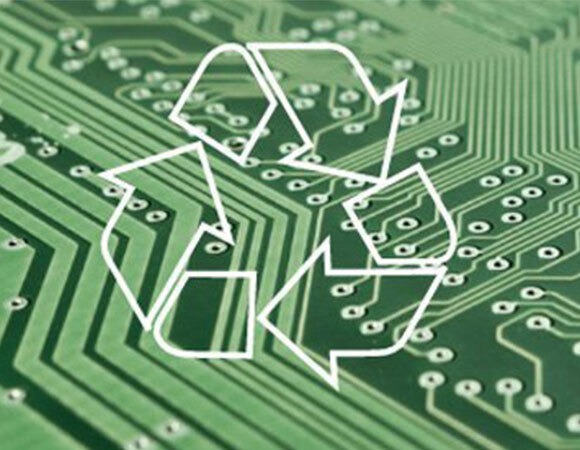 In some cases, obsolescence can actually be beneficial. For example, if a component is no longer manufactured, it might become more valuable. This is because the component will become rarer and harder to find.
In some cases, obsolescence can actually be beneficial. For example, if a component is no longer manufactured, it might become more valuable. This is because the component will become rarer and harder to find.
As a result, businesses might be able to sell obsolete components for a higher price. In some cases, this can offset the cost of production delays or disruptions.
In other cases, obsolescence can be used to create a market for new products deliberately. This is known as “planned obsolescence.”
For example, a company might make a product obsolete to encourage customers to buy the latest version. This can be an effective marketing strategy, but it’s important, to be honest with customers about the obsolescence of a product.
Conclusion
Part obsolescence can have a significant impact on businesses. It can cause production disruptions and delays and even force companies to redesign their products. However, there are ways to combat obsolescence. By being proactive, Maintaining their software up-to-date, companies can avoid many of the negative impacts of obsolescence. In some cases, obsolescence can even be beneficial.
FAQs
Why Do Parts Become Obsolete?
Parts become obsolete because they are no longer needed or don’t meet the design requirements.
Some parts become obsolete because technology changes and the part can no longer be manufactured using the same process. Other parts may become obsolete because the component manufacturers develop a better part that performs the same function but uses less energy or takes up less space.
Another reason is when they are no longer manufactured by the original manufacturer and no longer meet their standards.
Whatever the reason, when a part becomes obsolete, it usually means something else has to be developed to replace it.
What Are the Types of Obsolescence?
There are three types of obsolescence: functional, economic, and physical.
- Functional obsolescence happens when a product no longer meets the needs of consumers. For example, a VCR might become functionally obsolete if people prefer to watch movies and TV shows on their phones or tablets.
- Economic obsolescence happens when a product is no longer profitable to produce or sell. For example, the low demand for floppy disks has led to their economic obsolescence.
- Physical obsolescence happens when a product breaks down or wears out over time. For example, light bulbs eventually burn out and become physically obsolete.
What Are the Solutions to Obsolescence?
There are a few solutions to obsolescence, but the most common one is to stock up on components. That way, when something goes out of production, you’ll have the necessary pieces to keep your product running. Another solution is to keep your software up to date. If you’re using outdated software, it’s more likely that your product will become obsolete. Finally, work with a reputable supplier. They’ll be able to help you find the right components and keep your product updated.
Why Is Obsolescence Management Important?
There are several reasons why it is important, here are just a few:
- Obsolescence can lead to increased costs associated with maintaining and repairing equipment.
- It can cause safety issues if outdated equipment malfunctions.
- Obsolescence can lead to decreased productivity if workers are using outdated technology.
Obsolescence management is thus important to keep costs down, maintain safety, and improve productivity. By managing it effectively, businesses can avoid these potential problems and keep their operations running smoothly.
Speak to DSL today about your part obsolescence challenges, simply click here to get in touch.

